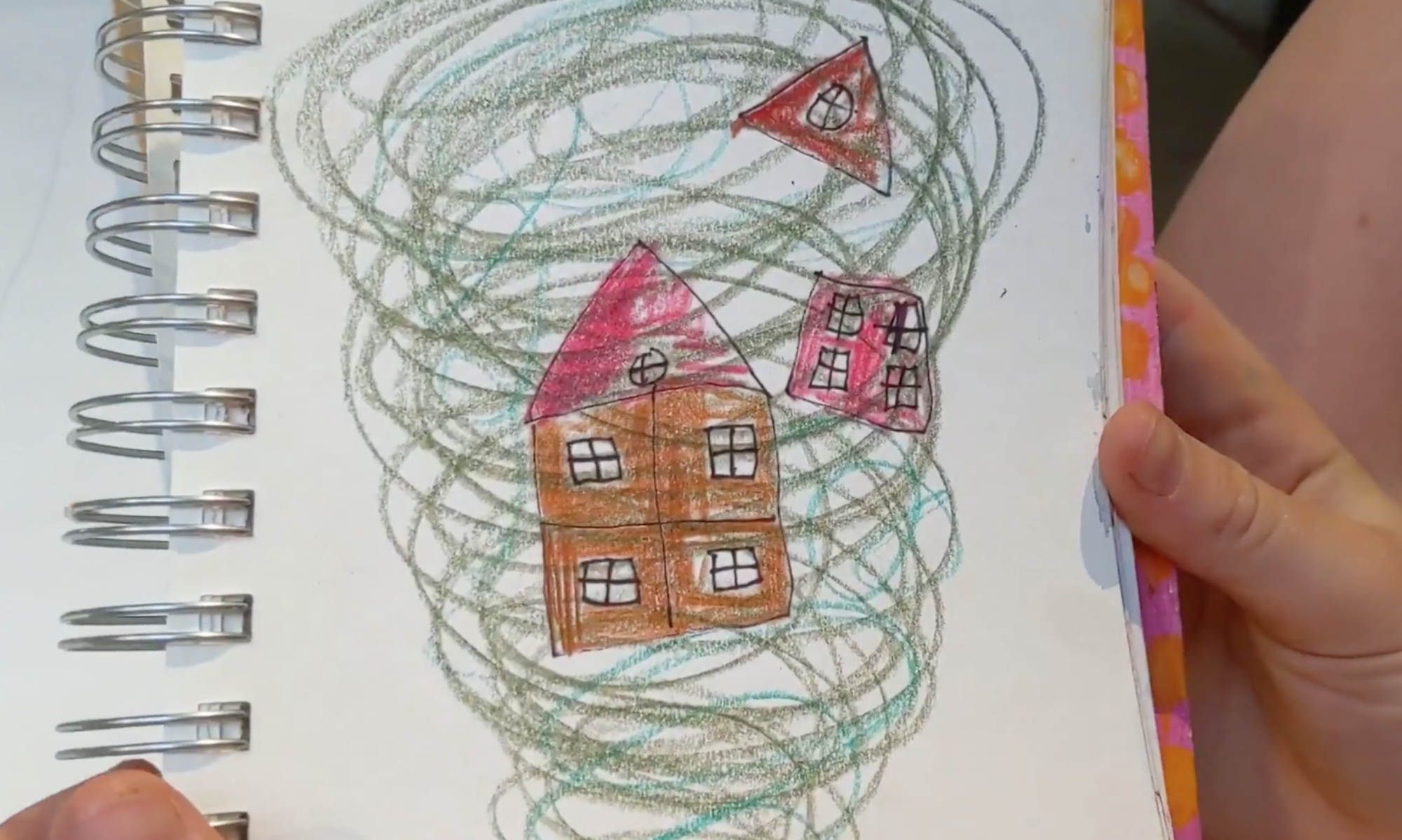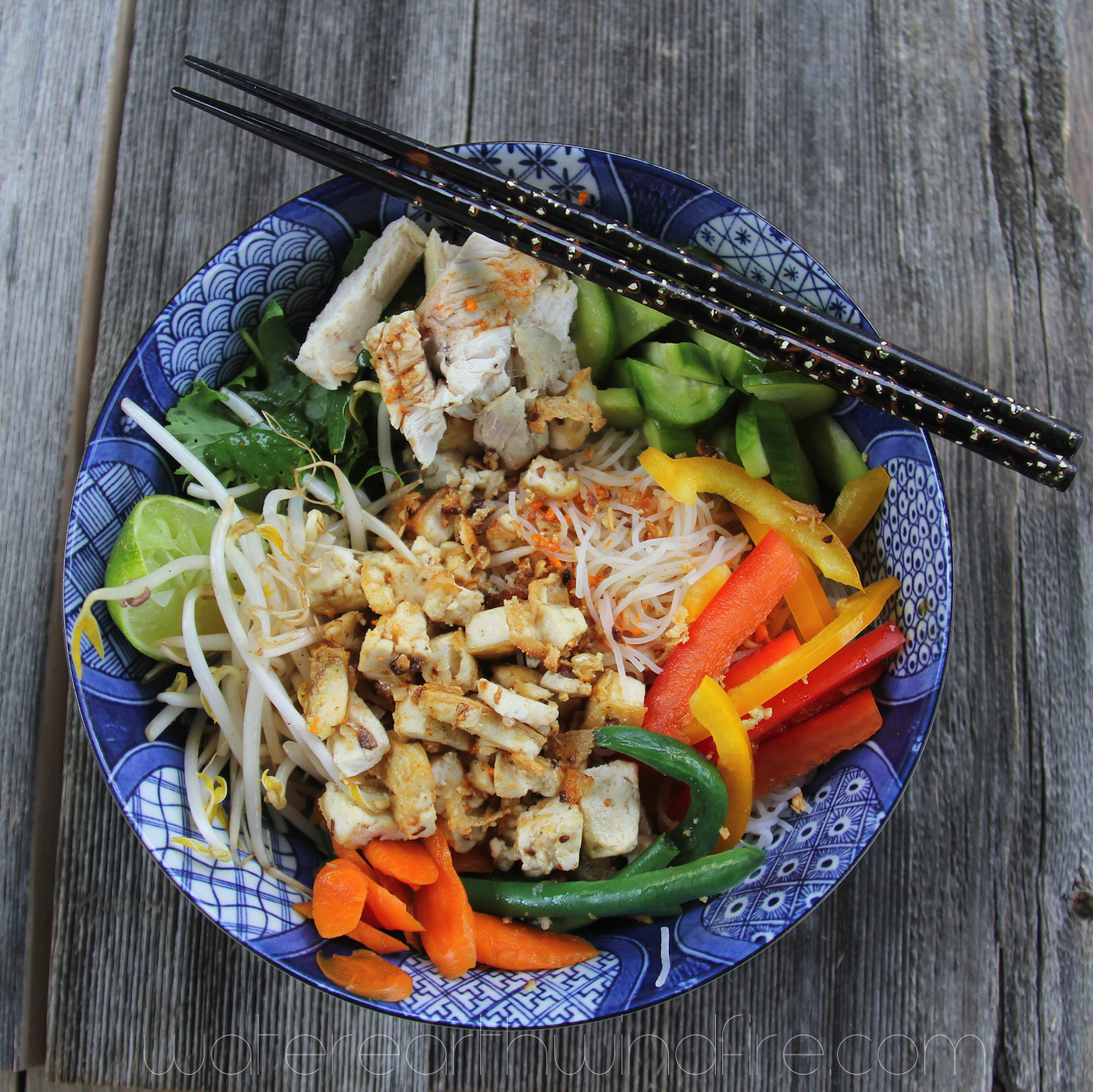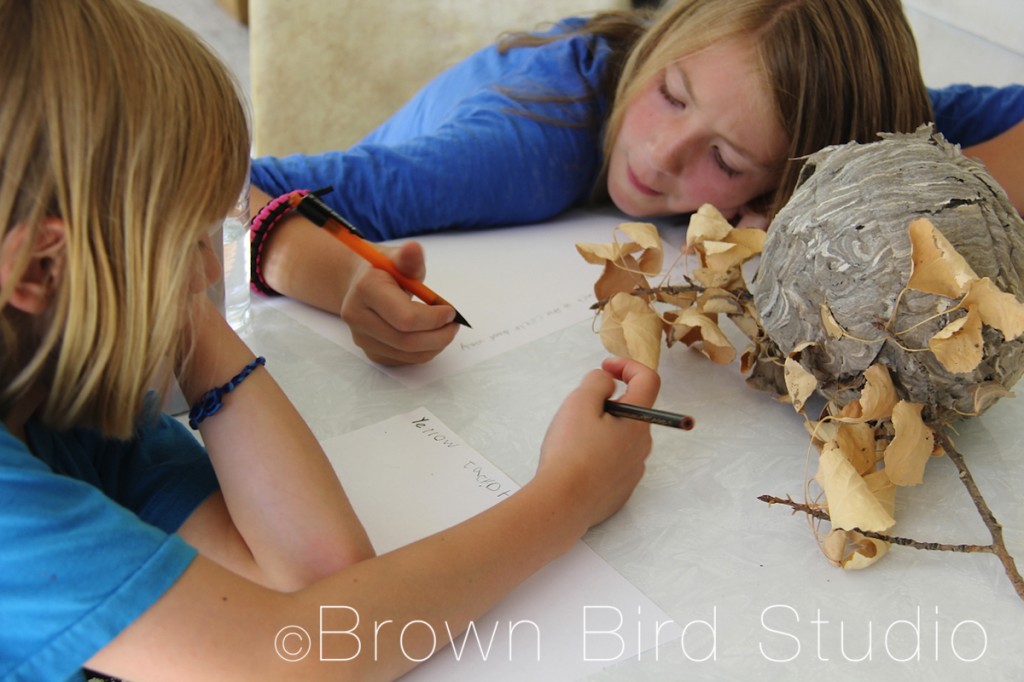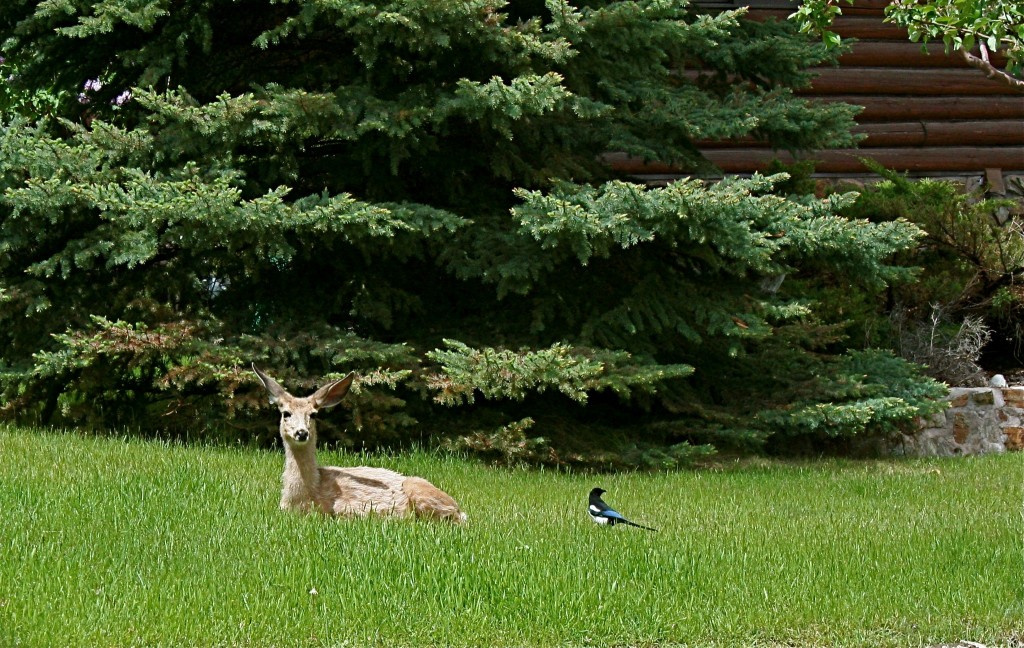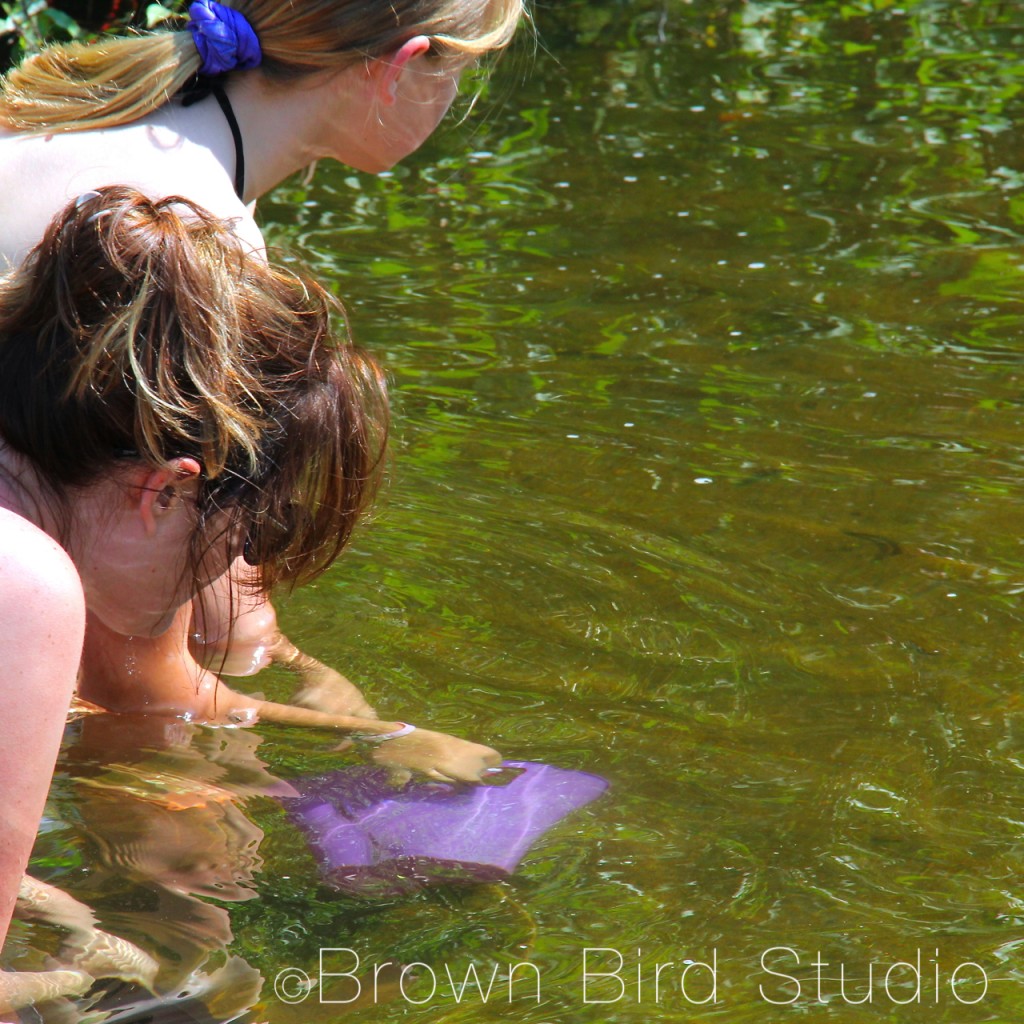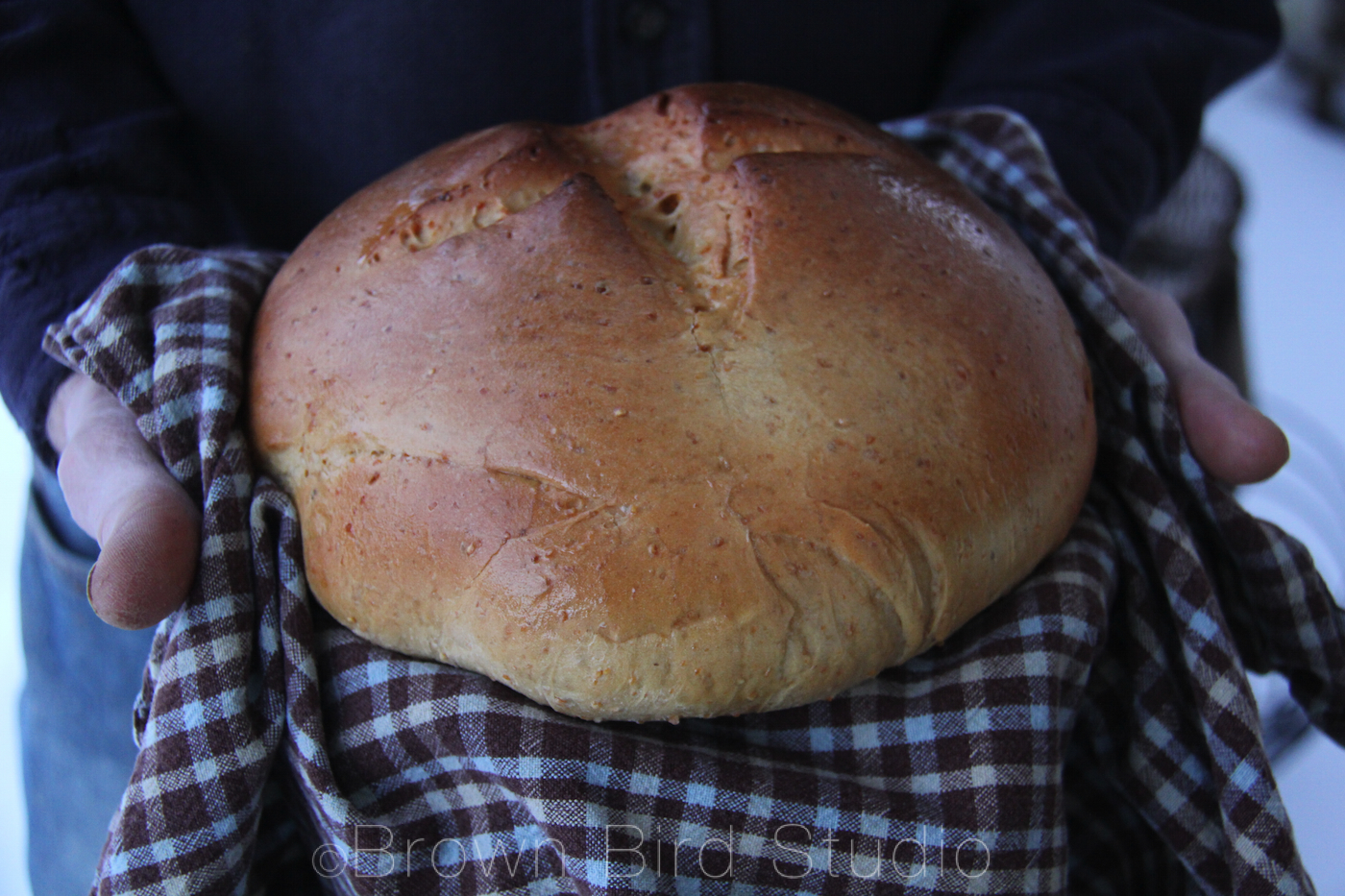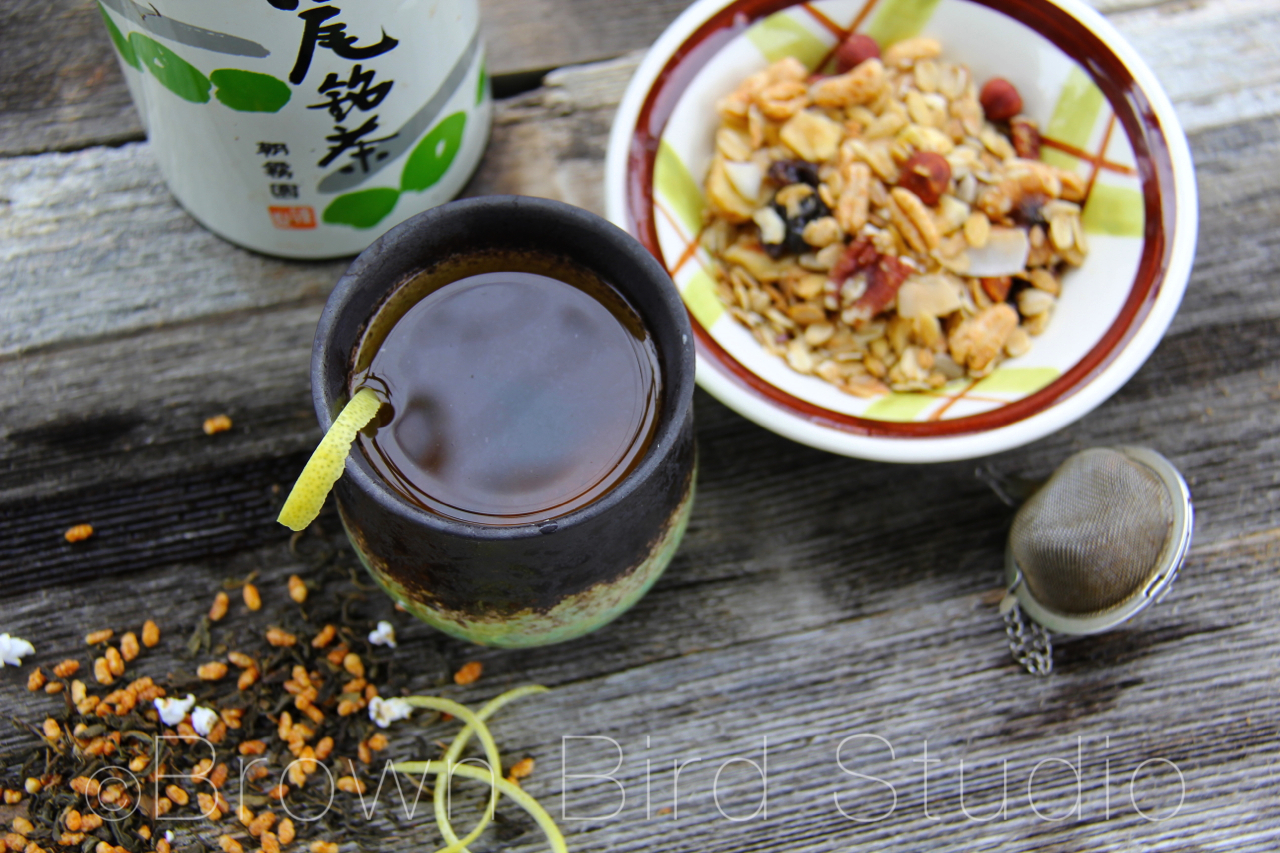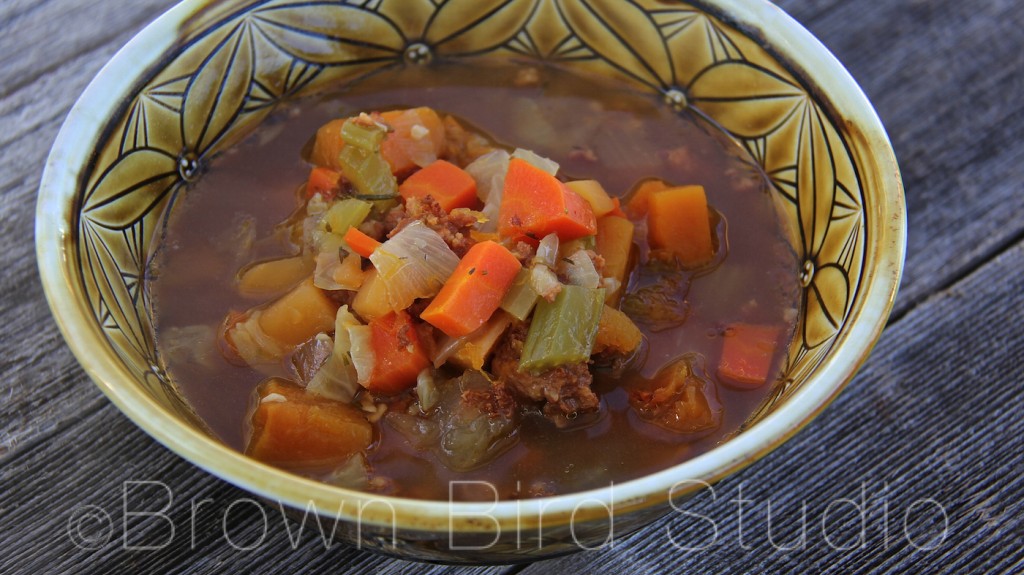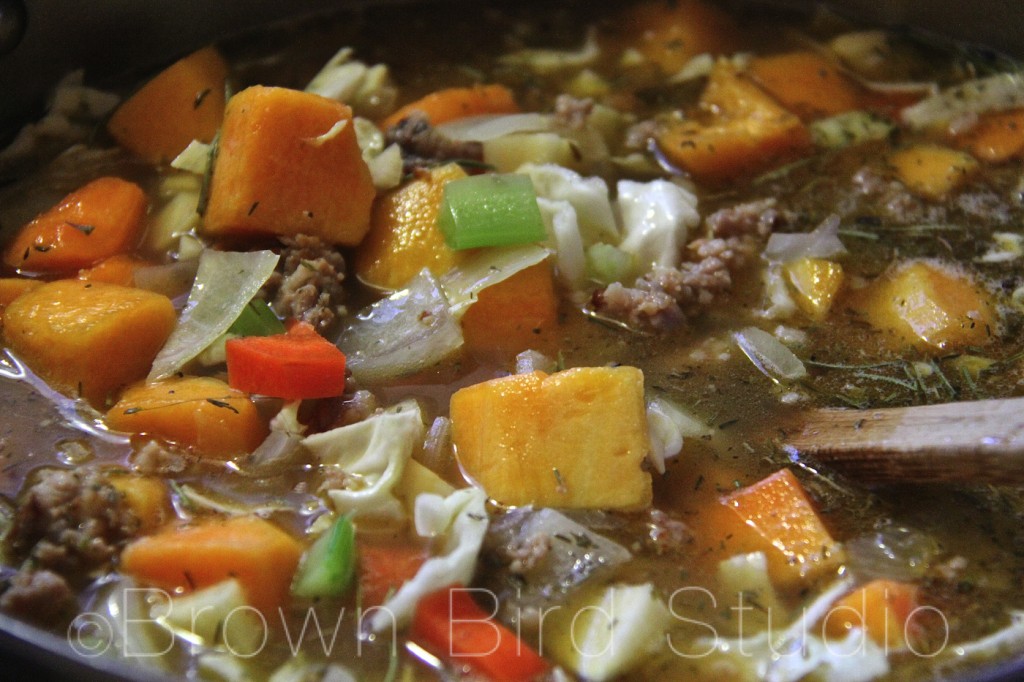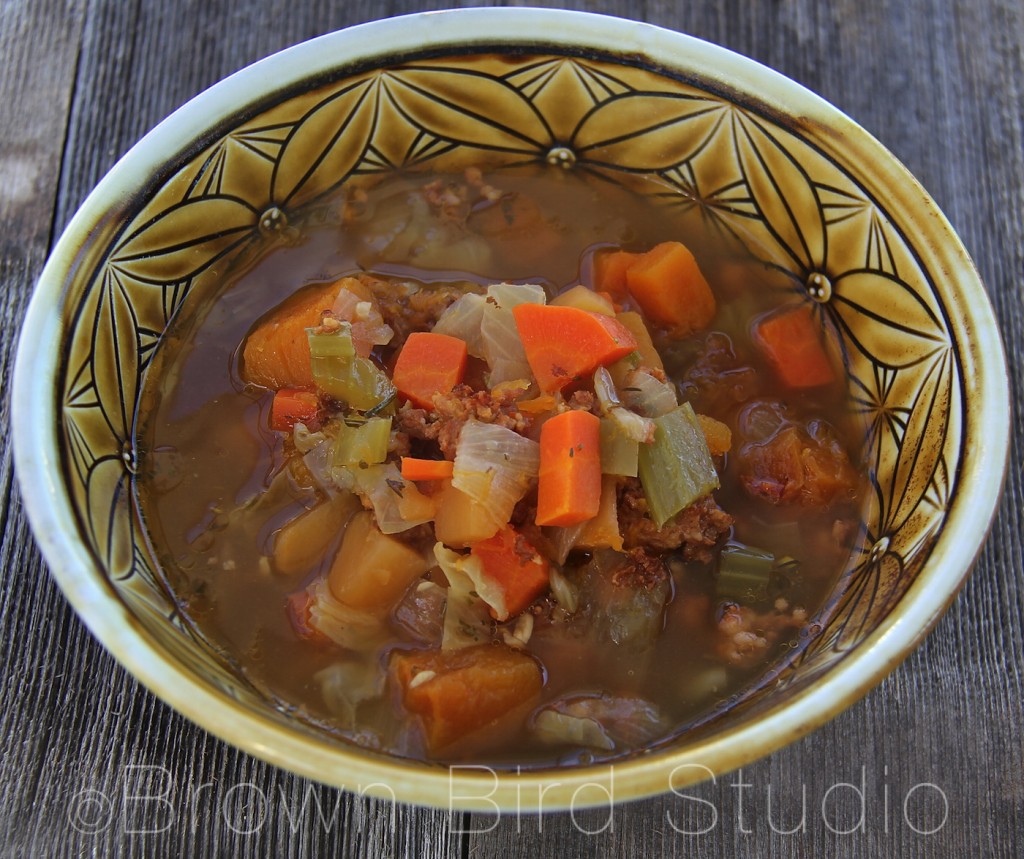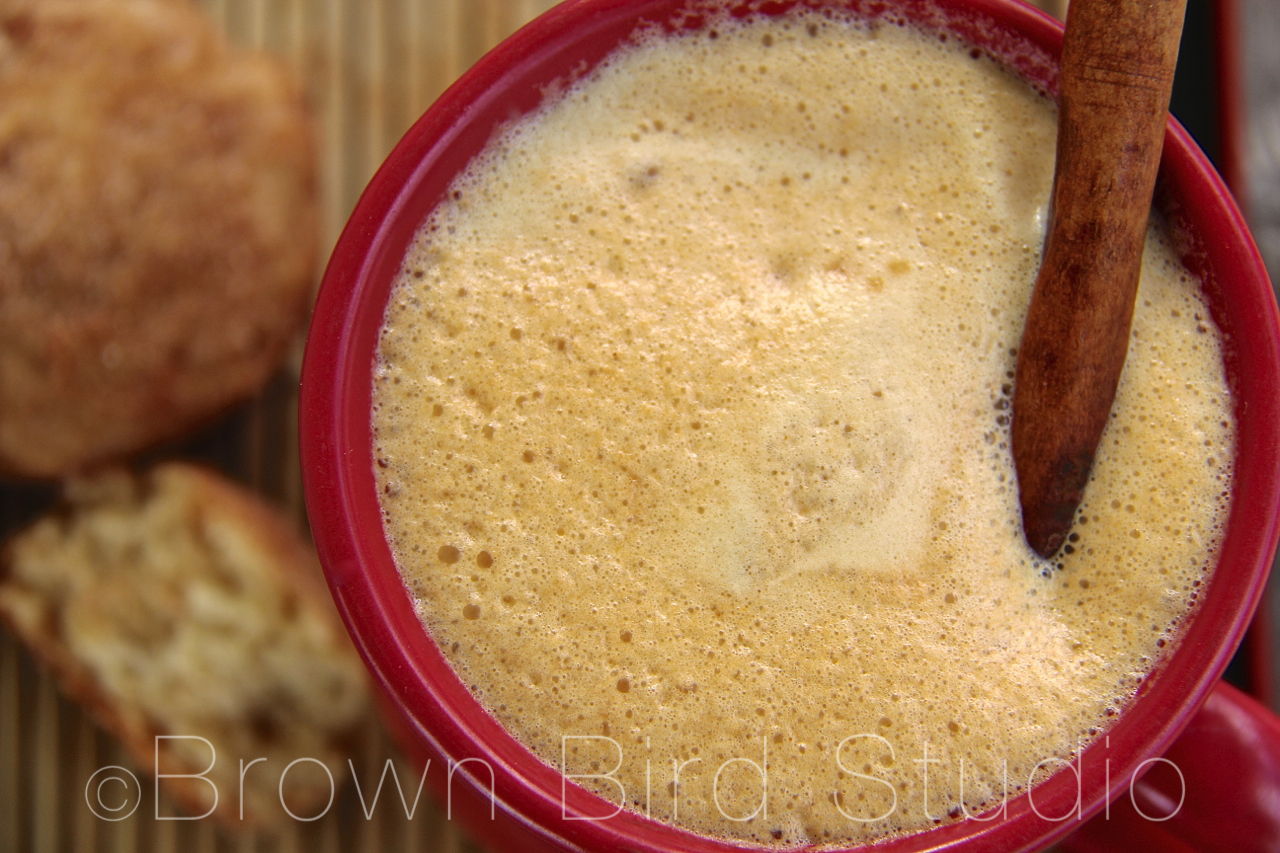Artist Date 8: Color Hunt
Noodles the Healthy Way
Eating Dirt May Be Good For You
For most of human history, people chased things or were chased themselves. They turned dirt over and planted seeds and saplings. They took in Vitamin D from the sun, and learned to tell a crow from a raven (ravens are larger; crows have a more nasal call; so say the birders). And then, in less than a generation’s time, millions of people completely decoupled themselves from nature. — Timothy Egan, NYT
When I was a kid, our typical day after school was finishing our homework, doing a few chores, then running outside to play. When dinner was ready, Mom called us in, we did our after-dinner chores than ran back outside.
We had forts in the woods, and forts in the blackberry brambles. Played kickball, kick-the-can, many variations of tag and hide-and-seek with a whole tribe of neighborhood kids. We captured fireflies in jars, investigated ant hills, caught crawdads with plastic cups, chased dragonflies and hunted snapping turtles in the creek (we didn’t hurt them.) We picked wild strawberries, blackberries and plums.
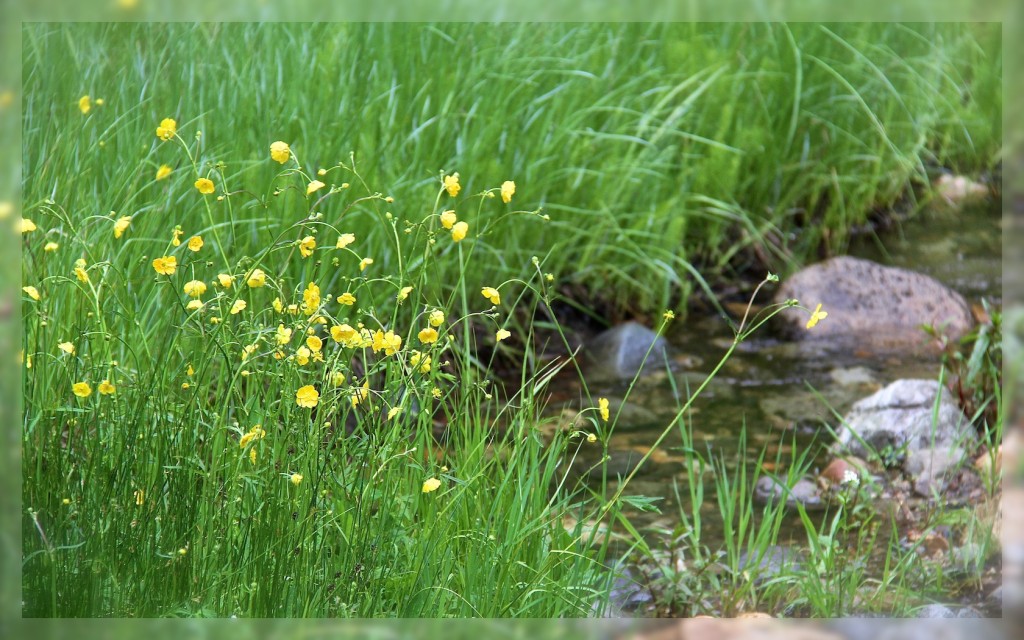 We raised a wild raccoon, lots of polywogs, a few caterpillars, two snapping turtle babies, some squirrel babies and a baby robin. Dug in the dirt, made mud pies, launched ourselves into the creek on rope swings, climbed very tall trees and adventured in the storm sewers. I loved lying on the big hill hear the cow pasture and just watching clouds. I had a secret place under a spiraea bush where I would lie on a blanket to read. Outside.
We raised a wild raccoon, lots of polywogs, a few caterpillars, two snapping turtle babies, some squirrel babies and a baby robin. Dug in the dirt, made mud pies, launched ourselves into the creek on rope swings, climbed very tall trees and adventured in the storm sewers. I loved lying on the big hill hear the cow pasture and just watching clouds. I had a secret place under a spiraea bush where I would lie on a blanket to read. Outside.
What adventure! Totally unstructured. I remember at some point longing to attend a summer camp because some of my friends were going, but I never did. I also didn’t have music or art lessons, extracuricular sports or academic tutoring. We just played (well, we did chores too.)
Life is different for little kids now. It makes me sad to think of how disconnected children are these days, from the natural world.
According to Richard Louv who wrote Last Child in the Woods, “Boys and girls now live a denatured childhood. What little time they (children) spend outside is on designer playgrounds or fenced yards and is structured, safe and isolating. Such antiseptic spaces provide little opportunity for exploration, imagination or peaceful contemplation…
Louv recommends that we re-acquaint our children and ourselves with nature through hiking, fishing, bird-watching and disorganized, creative play. By doing so, he argues, we may lessen the frequency and severity of emotional and mental ailments and come to recognize the importance of preserving nature” — Jeanne Hamming
Another excerpt from the book, “Last Child in the Woods:”
As a boy, I was unaware that my woods were ecologically connected with any other forests. Nobody in the 1950s talked about acid rain or holes in the ozone layer or global warming. But I knew my woods and my fields; I knew every bend in the creek and dip in the beaten dirt paths. I wandered those woods even in my dreams. A kid today can likely tell you about the Amazon rain forest—but not about the last time he or she explored the woods in solitude, or lay in a field listening to the wind and watching the clouds move. — Richard Louv
What can we, as teachers, parents, grandparents, and friends of children do, to make sure kids connect with the natural world and reap the benefits of unstructured outdoor, nature-based playtime? Well, take some action. Any action. Here are 10 things:
- Here is an awesome list of resources and ideas, right here. Start with that.
- Next, download this guide, “Together In Nature.”
- Or … start by just getting outside. Anywhere outside. With your kids. It doesn’t have to be in a wild place. Be random. Be playful. Let your kids lead the way. Explore. Be curious. Be refreshed.
- Splash in the rain.
- Go out at night with your baby in your arms.
- Take a nap with your child on a blanket in the shade.
- Grow some of your own food with your kids.
- Push for more nature-based education in schools.
- Help create green spaces in your urban community.
- Explore your city so you know where the natural places are.
And yes, eating a (little) dirt can be good for you — for your immune system and for the playful sprite inside every one of us.
LINKS
- You’re Part of the New Nature Movement If …
- “Last Child in the Woods: Saving Our Children from Nature Deficit Disorder” by Richard Louv
- New York Times Article by Timothy Egan: “Nature Deficit Disorder”
- Together in Nature: Pathways to a Stronger, Closer Family
- The New Nature Movement: subscribe to the blog for lots of great inspiration
- Reviews of “Last Child in the Woods,” including an excerpt from the book, and Jeanne Hamming’s review
- Nature Activities Resource Guide for Parents and Children
- The Children and Nature Network
- Highschoolers Need Nature Too
- Nature Conservancy Kids in Nature
- National Wildlife Federation Connect Kids and Nature
- The Conservation Fund Children and Nature
- Project Learning Tree
- Good Books for Kids and Families
- Gotta be able to laugh at ourselves … here’s a spoof from The Onion
Throwback Thursday Anadama Bread
Today’s a Good Day for Hot Ginger Lemon Tea
Eat Your Orange Colors: Old World Butternut Squash Soup
Old World Butternut Squash Soup is a delightful medley of orange veggies and sweet/savory flavors. Super healthy for you. Make this soup vegetarian — or not. Either way it’s delicious on a blustery winter day with some hot-out-of-the-oven whole grain bread or a scone and a leafy green salad.
A perfect winter meal:
Old World Butternut Squash Soup
INGREDIENTS
- 1 large onion, diced
- 3 celery stalks, chopped
- 2 fat carrots, diced
- 6 large cloves garlic, chopped finely
- 1 T olive oil
- 4 Italian sausages
- 2 to 3 boxes organic chicken or vegetable broth (I use the 32 oz. boxes)
- 1 rutabaga, diced small
- 2 cups cabbage, shredded
- 2# butternut squash peeled & cubed
- 1 or 2 large tart apples, cut into chunks (leave the peel on)
- Salt, pepper
- 2 bay leaves
- 1T Herbs de Provence
- 1 t. thyme leaves
- 1 t. rosemary leaves
PREPARATION
- Cut/Chop/Dice all the veggies so everything is ready to cook
- Remove sausage meat from casings and cook in a frying pan until done, crumbling it as it cooks. Set aside
- In a large soup pot, heat the olive oil and saute the onion, celery and garlic
- Add the cooked sausage, broth, carrots, rutabaga, cabbage, squash, apple and herbs
- Add a little salt to taste and adjust the amount of broth to your liking
- Simmer for two hours or so, until everything is very tender or cook in slow cooker for 4 hours.
- Adjust the salt to your liking and add lots of fresh ground black pepper
- Enjoy with a healthy green salad and maybe a scone or slice of whole grain bread
